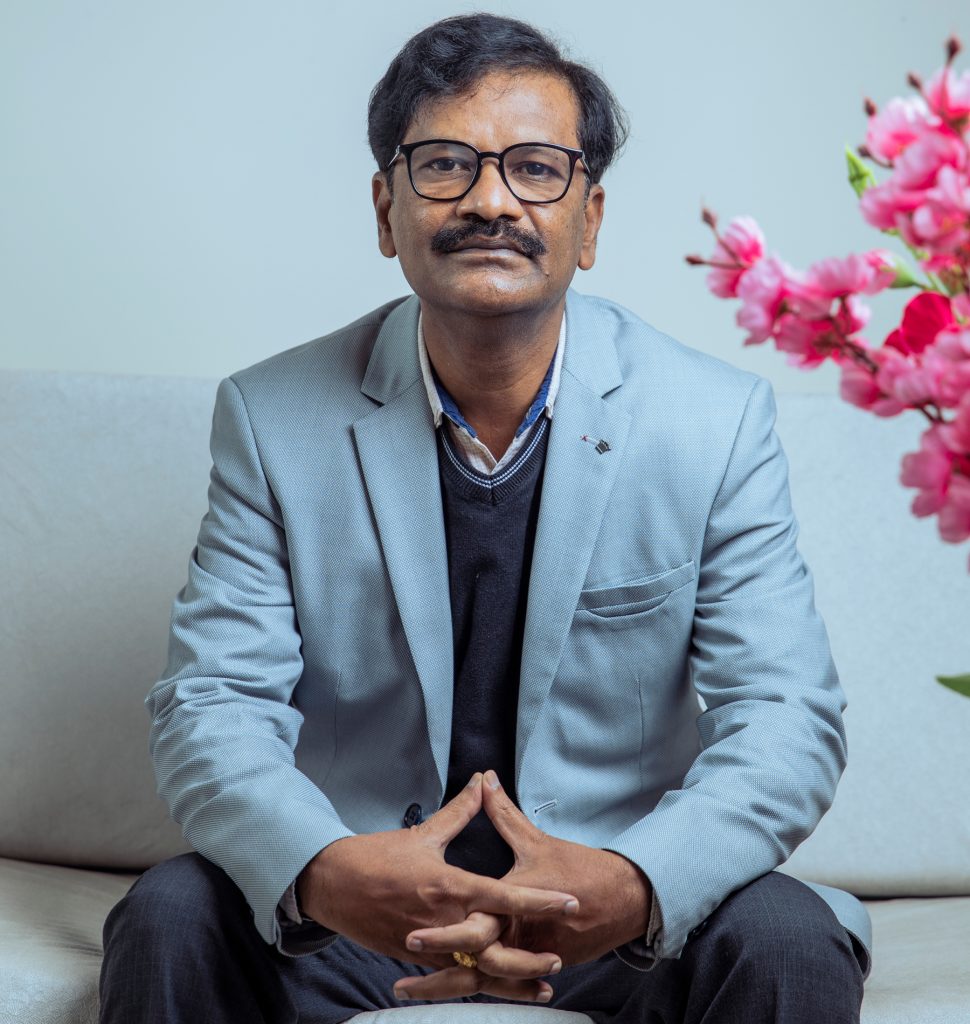Language
You can read the magazine in one of the following languages
Geolocation
You can read the global content or the content from your region

A leader within the power industry, Ramakrishna Gunda joined Teestavalley Power Transmission Limited (TPTL) as the Managing Director four years ago. His previous experience proved to be invaluable and the reason why he was handed such a large undertaking, the most recent being his previous role at Teesta Urja Limited (TUL) – parent company of TPTL.
“I was working on a 1,200-megawatt hydro project, the second largest in India, as a project head, spearheading the construction activities and handling various stakeholders, such as designers, consultants, suppliers, statutory, administration and the general public, which was successfully completed,” Ramakrishna explains. “But despite this, the significant delay in the construction of the Teestavalley Powerline resulted in year-on-year losses to TUL over a two-year period because we could only transport 800 megawatts of the hydro’s installed capacity of 1,200 megawatts due to transmission constraints.”
It was fortuitous that, having taken on the role of Managing Director at TPTL in 2017, he had previously devoted nearly five years to TUL and the project and therefore had significant insight into its challenges. To this end, he immediately focused his attention on understanding the process that had led to the project’s apparent failure.
“The first thing I did was look into the transparency of the system as I realised that the trust deficit among the stakeholders needed serious attention. There are a multitude of stakeholders in a company like this, and the three key groups involved – forestry, landowners and bankers – brought their own opinions on how the project should’ve been executed, and this had created a lot of confusion,” he says. “So my first task was to make things clear to everybody involved, bringing them onto one single platform so we could all work together.
“I worked to resolve some of the most difficult right-of-way issues by ensuring transparency around compensation payments for landowners, and I succeeded in getting everyone on the same page, which allowed the project to move forward.”
This, combined with Ramakrishna’s creative thinking and his willingness to explore new and emerging technologies, saw the project take off and the once seemingly impossible task of constructing the powerline gained momentum and was completed in record time. This was no small feat, considering that the powerline covers a length of 215 kilometres and passes through three states – Darjeeling, West Bengal and Bihar.

“So my first task was to make things clear to everybody involved, bringing them onto one single platform so we could all work together.”
“We’ve been innovative to ensure we caused as little damage to the environment as possible. Forest officials were delighted when we did the stringing of the conductors using drones, which meant we didn’t even touch a tree branch within some of the most dense forest locations,” he says.
As well as drones, TPTL has used various technological equipment to facilitate the project, such as spider excavators and ropeways to access critical locations, which worked to avoid the necessity of cutting any roads into forests and ensured the protection of the natural environment.
Ramakrishna says the company’s success on this extraordinary project rests on the talent and knowledge of his people. “The success of the project is completely down to my team, who may have physically worked on it 8–10 hours a day, but were subconsciously focused on the project 24/7,” he says proudly. “This is the level of motivation of my team, which continued after the construction phase as it evolved into operation and maintenance with no subcontractors engaged. The line availability of my team over the past three years is more than 99.5 per cent.”
In light of the company’s remarkable success in completing the powerline, TPTL now finds itself clear of all non-performing asset issues and is back doing what it does best – making a profit. It can also now turn its attention towards other business opportunities. “TPTL is currently in discussions with the Government of Sikkim and other public sectors who are seeking our assistance in completing their projects,” he says.